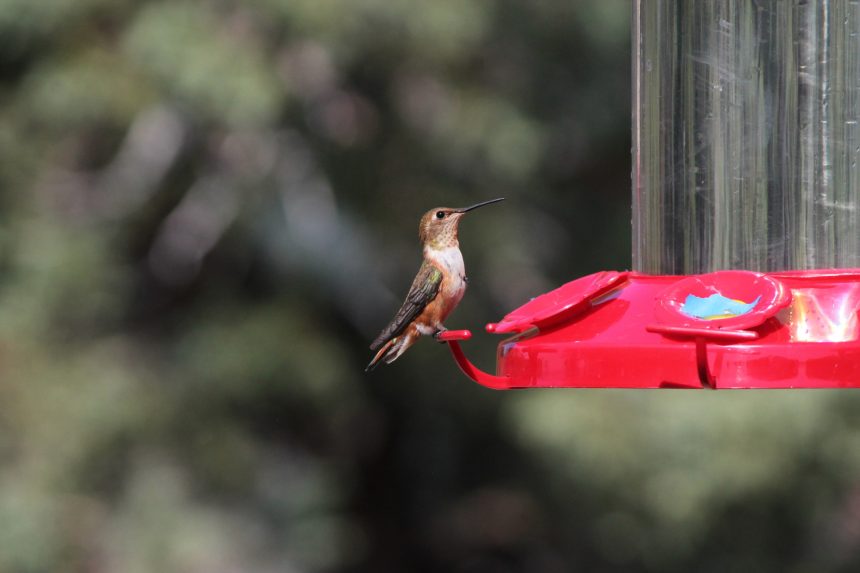Springtime heralds the return of many beloved birds, none more captivating than the hummingbird. These tiny, iridescent creatures embark on their remarkable journey from their wintering grounds to their breeding territories in the northern hemisphere. For enthusiasts eagerly awaiting their arrival, timing is crucial. Knowing when to put out hummingbird feeders can ensure these delicate birds find sustenance upon their arrival.
Temperature and Migration Patterns

Hummingbirds are highly sensitive to temperature changes, and their migration patterns are closely linked to the availability of food sources. As temperatures begin to rise in spring, these avian wonders start their northward journey. However, their arrival time can vary depending on geographical location and prevailing weather conditions.
Monitoring Local Climate and Phenology
To determine the optimal time for putting out hummingbird feeders, it’s essential to monitor local climate patterns and phenology—the study of seasonal changes in plants and animals. Keep an eye on the budding of flowers and the emergence of insects, as these indicators can help predict when hummingbirds will arrive in your area.
Balancing Timing and Temperature

Ideally, hummingbird feeders should be put out a week or two before the expected arrival date of these aerial acrobats. However, it’s crucial to consider temperature fluctuations. If temperatures are unseasonably cold, delaying the placement of feeders until conditions improve can prevent nectar from freezing and ensure it remains accessible to hummingbirds.
Providing a Nutrient-Rich Feast
When preparing nectar for hummingbird feeders, remember the golden ratio: one part sugar to four parts water. Boil the water to remove impurities before adding sugar, then allow the solution to cool before filling feeders. Avoid using red food coloring or artificial sweeteners, as these can be harmful to hummingbirds.
Maintaining Cleanliness and Hygiene

Regular cleaning of hummingbird feeders is essential to prevent the growth of mold and bacteria, which can be harmful to hummingbirds. Clean feeders with a solution of hot water and vinegar every few days, and replace nectar every three to five days, especially in warmer weather.
Embracing the Magic of Hummingbird Season
As the days lengthen and nature awakens from its winter slumber, the sight of hummingbirds flitting among flowers brings joy and wonder to backyard enthusiasts. By understanding the nuances of their migration and providing a welcoming environment, we can ensure these enchanting visitors thrive in our midst.
Conclusion: Welcoming Hummingbirds with Open Arms

In the tapestry of springtime, hummingbirds add a vibrant splash of color and energy. By timing the placement of feeders with precision, offering a nutritious banquet, and maintaining cleanliness, we invite these aerial marvels to grace our gardens and enrich our lives. So, as the world awakens to the melody of birdsong, let us prepare to welcome hummingbirds with open arms and hearts full of admiration.

